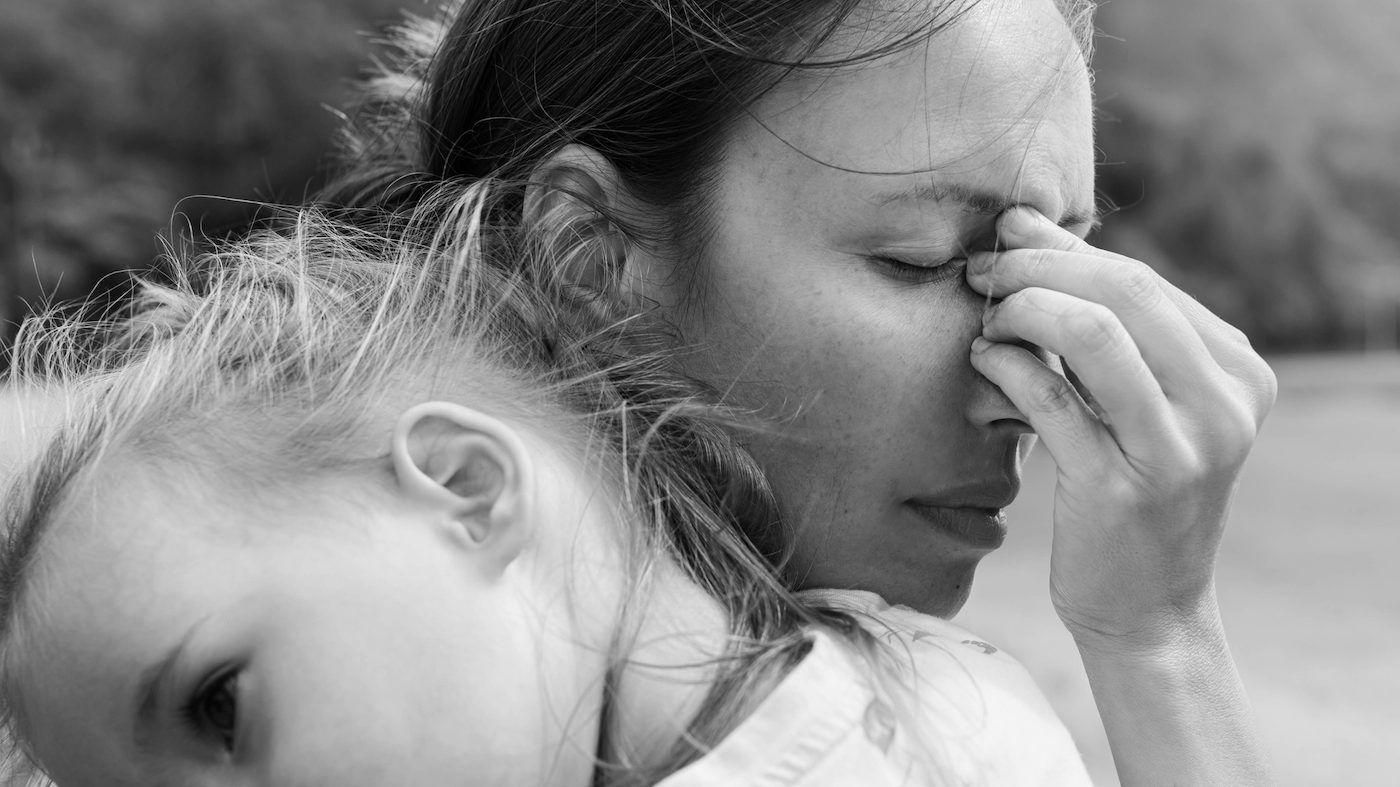machado: the impact of illness in a family is immeasurable
taya jones, a single mom of three living with als, would never have chosen this road for her or her family, that they are on it together, offers the rest of us inspiration, hope and for parents, the realization that our kids are stronger than we think.
study finds hope for cancer that killed gord downie
glioblastoma is the most aggressive malignant primary brain tumour and typically affects four out of every 100,000 canadians.
canada's lethal 'postal code lottery': why won't ontario and the atlantic provinces fund life-saving take-home cancer drugs?
the cancertainty coalition wants fair and equal access to cancer drugs regardless of where you live.
 7 minute read
7 minute read










